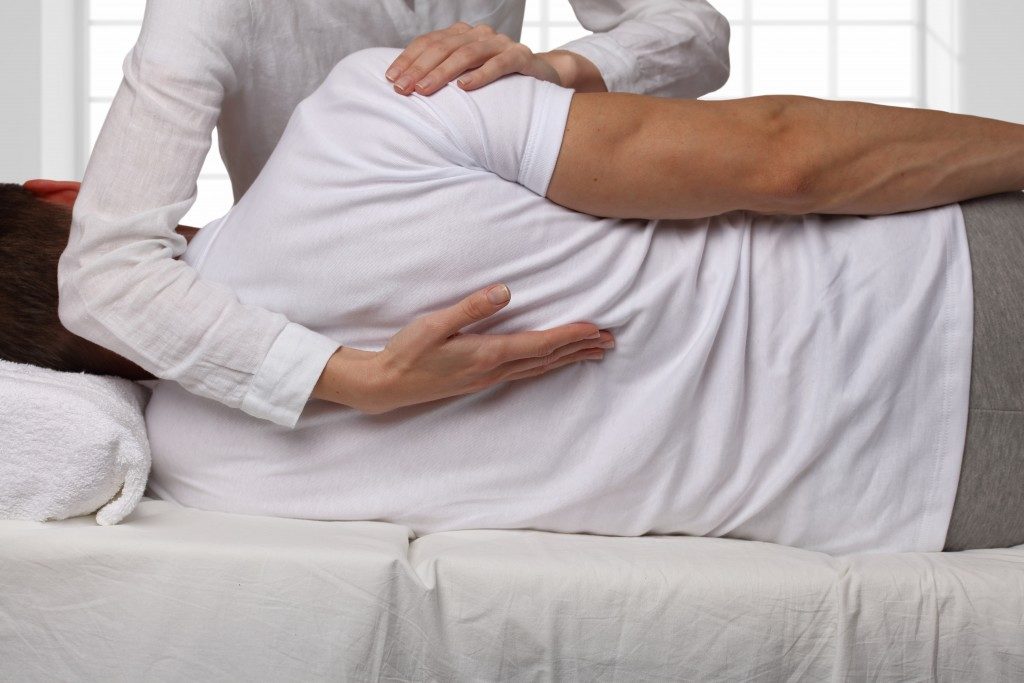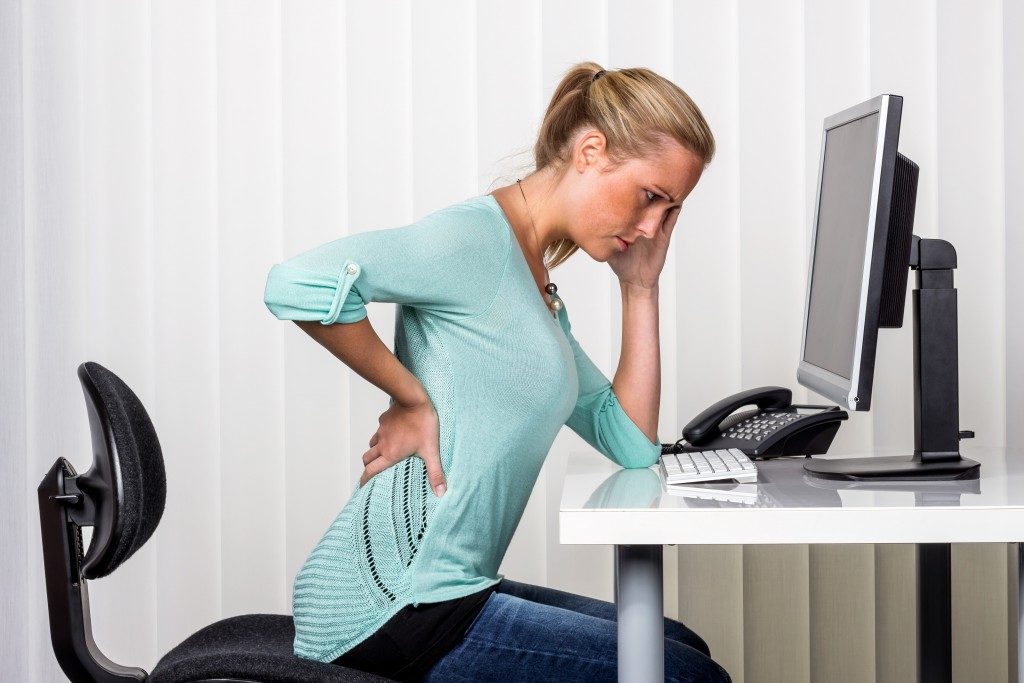Disclaimer: What Liberty Ate. This site provides food and drink content for informational purposes only.
Pain medication is extremely useful for relieving chronic or acute pain almost instantly. However, long term use of both over-the-counter and prescription pain medication can lead to side effects, and in worst cases, addiction. If you don’t want to risk the adverse effects of prolonged painkiller use, here are some of the best alternative ways to help ease your pain:
1. Chiropractic treatment
Many chiropractic treatments are designed to address pain, particularly back pain relief and migraine treatment, among many other services. A chiropractor will manipulate the alignment of your body to ease pain, as well as help it heal itself over time. They treat many conditions related to pain, such as body pain (knee, back, shoulder, neck, etc.), headaches and migraines, herniated discs, pinched nerves, whiplash, and more.
2. Regular exercise
Light, regular exercise is one of the best ways to relieve muscle and joint pain. Although it seems counterintuitive, keeping your body active strengthens the muscles and produces pain-relieving endorphins.
Consult your physician or physical therapist regarding the type of exercise you should do and how frequently you should engage in it. For pain relief, light activities such as walking, tai chi, and stretching are great places to start.
3. Warm or cold compress
Heat can increase circulation in the aching area and speed up the healing process, while cold can block pain signals in the brain and decrease inflammation in the affected area.
You can try and do both for your sore muscles or joints. For heat therapy, you can use an electric heating pad or a water bottle filled with hot water. For cold treatment, you can use an ice pack or the good old bag of frozen peas.
4. Adequate rest
Adequate rest is imperative to healing, especially for torn or strained muscles and joints. Get plenty of rest every day to relieve your pain naturally and help your body heal at the same time. If the pain is due to an injury, free your schedule from strenuous activities and exercises until you are fully recovered.
 5. Natural pain relievers
5. Natural pain relievers
Natural pain relievers have been used for thousands of years by traditional medicine. And although there is still little research to suggest that they are 100% effective, many people have found pain relief benefits in some natural remedies. Examples of natural pain relievers include turmeric, ginger, lavender essential oil, eucalyptus essential oil, among many others.
Note that these organic materials might not be useful for everybody, but there is no harm in trying, especially if it will reduce your need for pain medication.
6. Alternative treatments
Meditation, acupuncture, and massage therapy are some examples of alternative, drug-free, and non-invasive treatments that are found to be effective for pain relief. These treatments might not get rid of your pain completely, but they can help ease some (if not most) of it.
Some types of pain cannot be treated with drug-free methods alone. At some point, people with severe acute and chronic pain will still need to take medication. Nevertheless, you can reduce your reliance on pain meds by incorporating these drug-free methods into your pain management plan.

